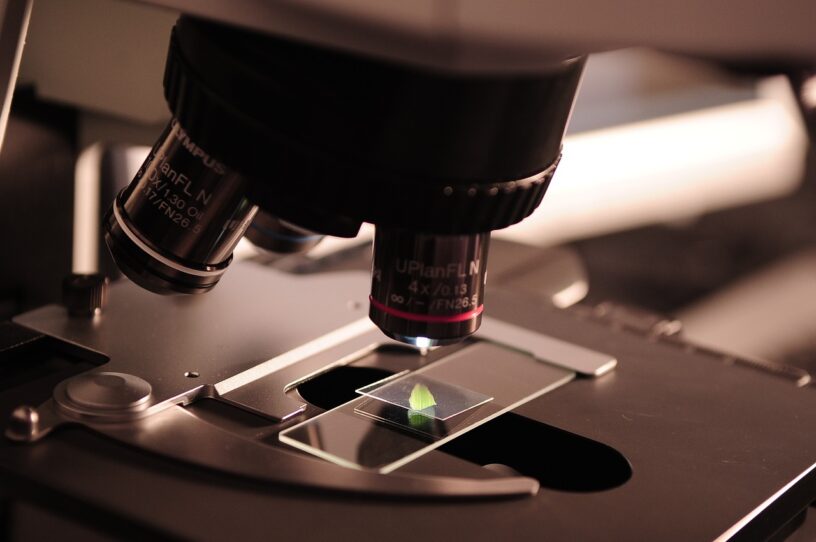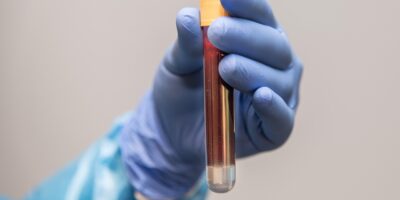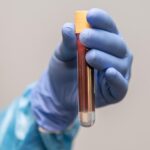What if we could press ‘pause’ on life, stopping embryo development in its tracks and then starting it up again whenever we choose? This would open up an array of prospects for assisted reproduction and revolutionize developmental biology. Turns out, this is a natural mechanism in several species and could be possible in human embryos as well.
Dr. Rivron’s and Dr. Bulut-Karslıoğlu’s lab at the Max Plank Institute for Molecular Genetics of the Austrian Academy of Sciences examined a signaling pathway that may make this possible and published their findings in Cell. They found that hacking the mTOR pathway to reduce activity can cause a sleep-like dormant state, called diapause, in early human embryo development. Here’s how it works and what it could mean for biotechnology.
The mTOR pathway
The mTOR signaling pathway, under sufficient nutrient conditions, activates growth in early-stage embryo development. Inhibiting this pathway to reduce anabolic activity is the key to unlocking the diapause state in embryos. Induced diapause must also be reversible in order to be considered for therapeutic use.
This inhibition naturally occurs in mice and 130 other mammalian species as a reproductive strategy to delay embryonic development as blastocysts, just before implantation in the uterine wall, until more favorable conditions are available.
Diapause in Humans
Using RapaLink-1, an mTOR inhibitor, they treated human pluripotent stem cell-derived embryo models called blastoids to see if it would affect their ability to attach to an endometrial layer—a key step for implantation. The treated blastoids showed reduced attachment, similar to naturally paused mouse embryos. Nutrient restriction had a similar effect, reducing growth processes needed for attachment.
To see if this “paused” state was reversible, the researchers stopped the treatment and monitored the development. They found that even blastoids treated for 18 days retained their shape and genetic stability, though their growth and attachment ability were slightly reduced.
These findings suggest that the ability to slow down embryonic development may be an inherent mechanism in humans. Though natural induction of this was lost to evolution, the trait was retained and can be used to our advantage. However, further experimentation is required to develop a better model to assess reversibility and undercut its downsides.
Applications in Reproductive Health and Biotechnology
Understanding embryo development and the mechanisms that regulate it is essential for advancing reproductive health. This study makes a valuable contribution to the field by offering a potential solution to address key challenges in in-vitro fertilization (IVF). By slowing embryonic development, a longer window to screen embryo health and viability could be afforded. This would also allow better synchronization with the mother’s cycle to improve implantation and increase IVF success.
The scope of this mechanism doesn’t end there. Dormant blastoids and human pluripotent stem cells could become powerful tools for exploring pluripotency and studying the development of diverse cell lineages, opening new doors in developmental biology.
References
Iyer, D. P., Khoei, H. H., van der Weijden, V. A., Kagawa, H., Pradhan, S. J., Novatchkova, M., McCarthy, A., Rayon, T., Simon, C. S., Dunkel, I., Wamaitha, S. E., Elder, K., Snell, P., Christie, L., Schulz, E. G., Niakan, K. K., Rivron, N., & Bulut-Karslioğlu, A. (2024). mTOR activity paces human blastocyst stage developmental progression. Cell, 187, 1–18. https://doi.org/10.1016/j.cell.2024.08.048








